This is a bit of a self-indulgent blog. Victorian Terrace houses are, without a doubt my favourite type of dwelling.
They hold a certain mystique because the only visible section of a terrace is typically its slim, unassuming facade, yet behind the (often inspiring) front door is a bustling home that goes on and on.
They are quite anonymous, yet buyers love them.
Victorian Terraces are abundant in both Melbourne and Sydney, (and in smaller part; Perth, Adelaide, Hobart, Launceston and Brisbane) after inspiration from sixteenth century building styles in London and Paris. Melbourne’s Victorian terraces are quite unique, however, and as many cities can be identified by their architectural quirks, so too can late nineteenth century Melbourne.
Victorian Terrace construction is typically dated from 1850 to around the time of Federation. Our urban footprint back at this time was limited to a circa 10km radius as shown in this map.
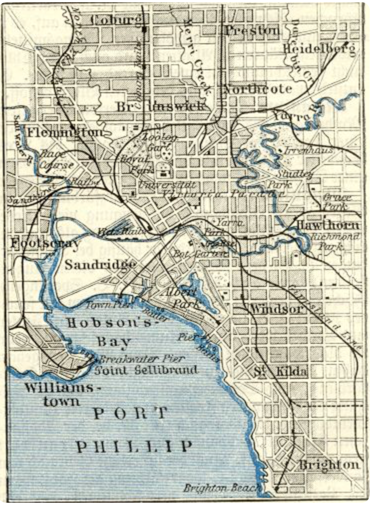
Although it seems obvious, it is this snapshot in time that perfectly illustrates where we can find Victorian terraces to this day. Once we trawl beyond this historical footprint, our architectural styles begin to change, from Federation to Edwardian to Bungalows and beyond.
Our city’s concentric circles of radii are a perfect timeline of housing eras.
Unlike Sydney’s terrace housing, Melbourne’s was particularly fuelled by the gold rush of the 1850’s. Wealth was in abundance, particularly in certain segments of the city and our terraces began to take on a style of their own.
“The generic Melbourne style of terrace is distinguishable from other regional variations. The majority of designers of Victorian terraces in Melbourne made a deliberate effort to hide roof elements with the use of a decorative parapet, often combined with the use balustrades above a subtle but clearly defined eave cornice and a frieze, which was either plain or decorated with a row of brackets (and sometimes additional patterned bas-relief). Chimneys were often tall, visible above the parapet and elaborately Italianate in style.” (Wikipedia)
Subtle differentiation from the typical ‘ornate’ style we all know and love when we think of Sydney’s Paddington and other suburbs, Melbourne’s newfound wealth of the 1880’s gave rise to a terrace style known as “boom” style. Recognisable by classic, Italianate fixtures and additions. We can still see fine examples of Boom Terraces around our city to this day, however they are typically in the inner-ring areas that were considered more desirable at the time.

Expansive height, filigree lacework detailing, plastered bricks, use of tessellated/mosaic tiles, leadlight, and generous verandahs are just some of the hallmarks of this impressive style.
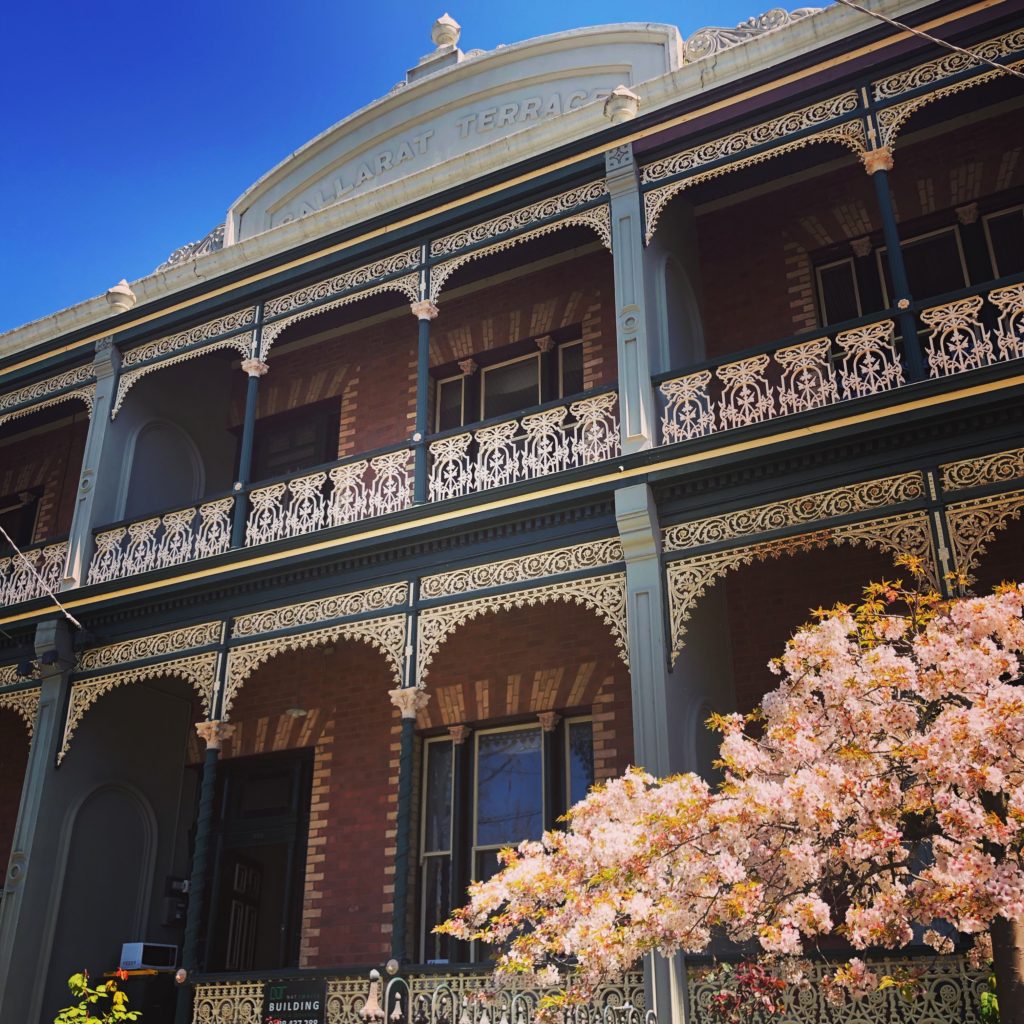
Where we won’t see original boom style architectural is in the traditional working class areas where ‘too-close-for-comfort’ industry tarred the reputation of these suburbs. Since the late 1950’s though, gentrification has gripped these once-slummy areas and we now see restoration attempts on what used to be worker’s terraces, now presented in quite a different light to their historical terrace style.
Authentic? not quite.
But aesthetically pleasing? absolutely.
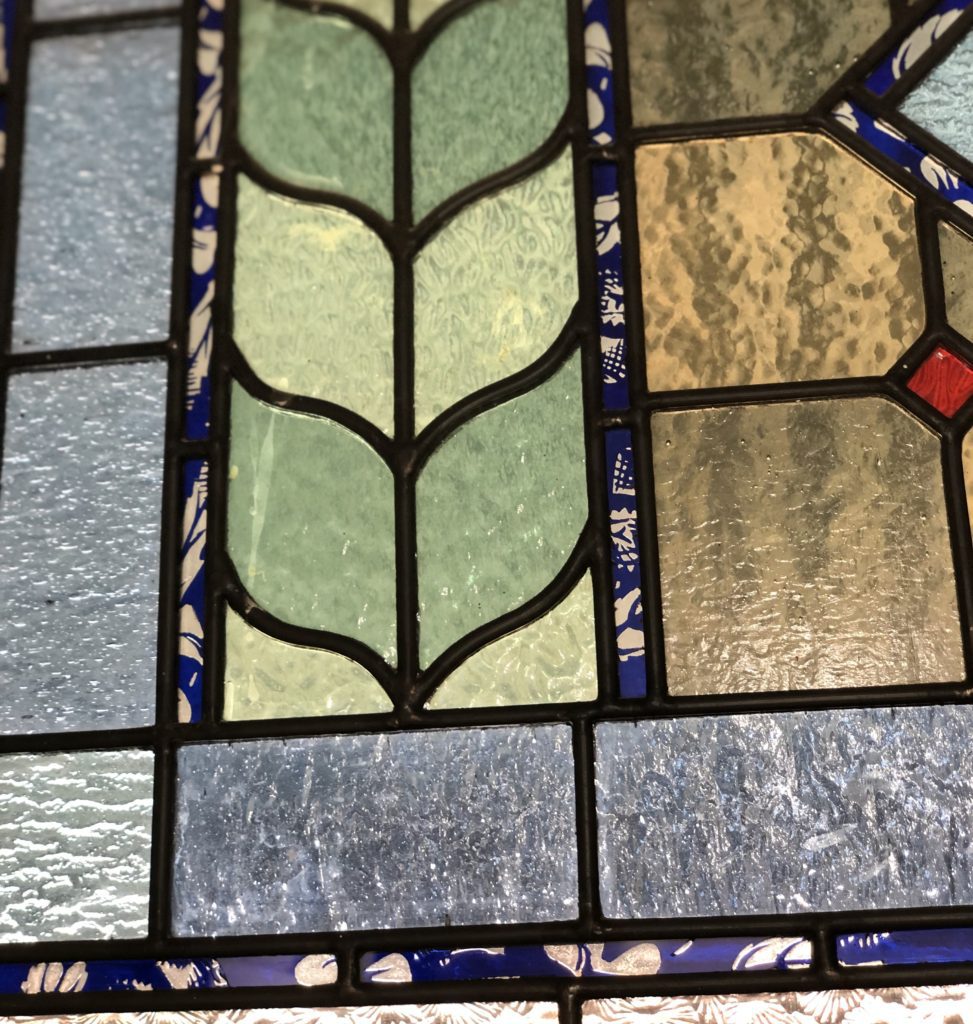
I’m guilt of it myself; our brick terrace now features deep Victorian cornicing throughout, superb colour-matched tiles on the front porch, and a neatly rendered facade with a colour-contrasting doors. Back in its day though, it featured none of the above. Our suburb was borne from humble beginnings and was home to tanneries and a foul stench on the western side of the Yarra.
From Collingwood to Richmond, Yarraville to Newport, Fitzroy to St Kilda, our worker’s cottages are no longer marred by negative stigma. In fact our Victorian terraces continue to attract a passionate crowd on auction day and most feature some degree of Italianate detail despite their modest origination.
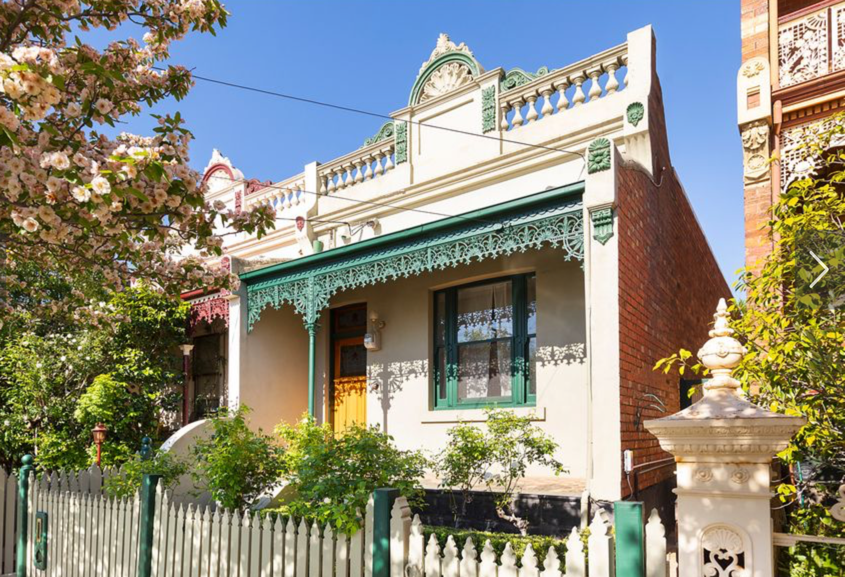
Yesterday’s auction reminded me how incredibly rich our local architecture is, and over a comparatively short architectural timeframe we do have some beautiful streets to behold all around us.
Our challenge now is preserving them.
Wishing our investors a happy investing trajectory and hearty congratulations on yesterday’s acquisition.
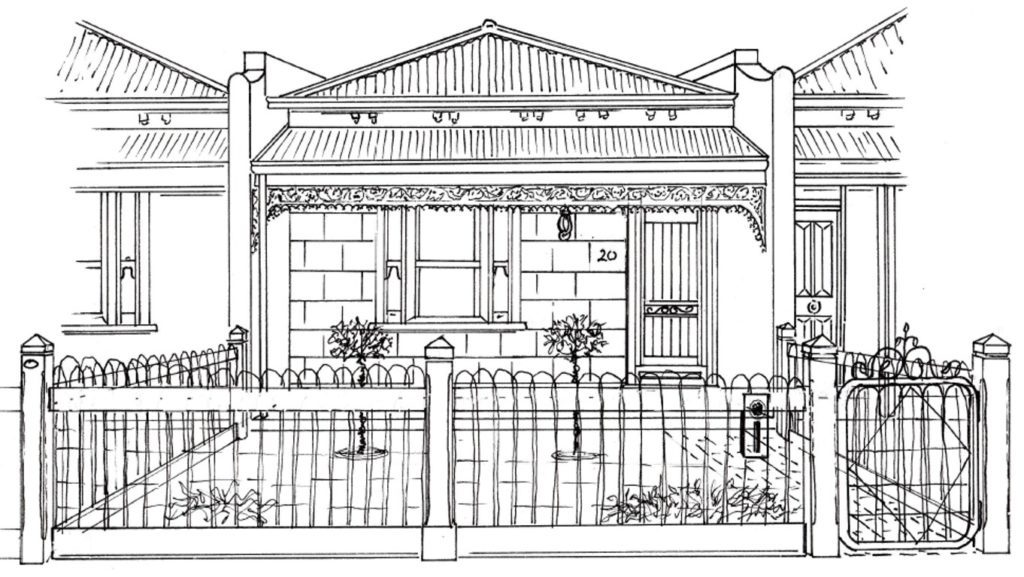
REGISTER TO OUR NEWSLETTER
INFORMATION
CONTACT US
1A/58 ANDERSON STREET,
YARRAVILLE VIC 3013
0422 638 362
03 7000 6026
CATE@CATEBAKOS.COM.AU
